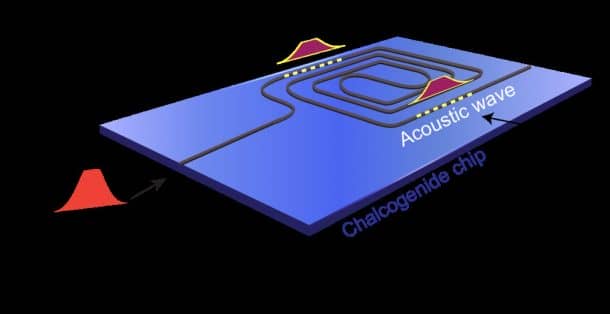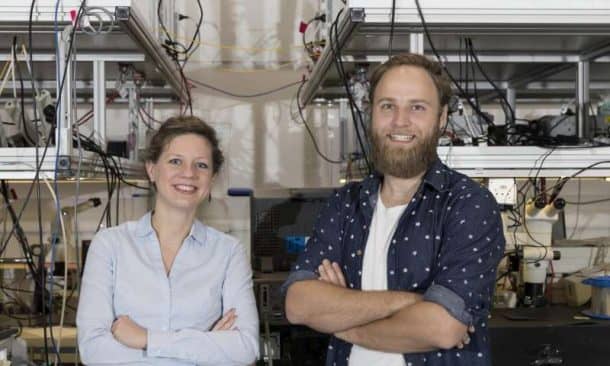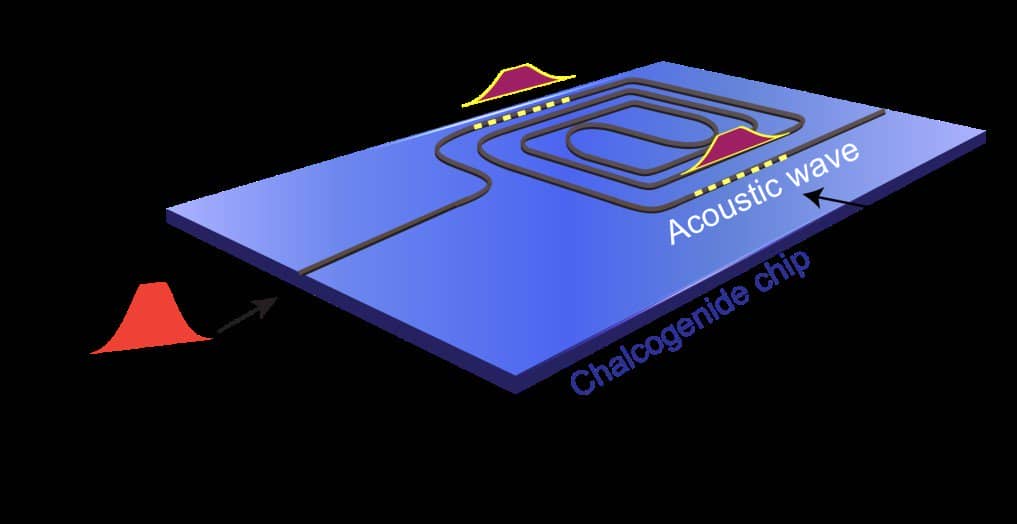Lightning and thunder are the two things that go hand in hand. In the world of data storage, it was not quite the same until scientists managed to store light-based information in the form of sound waves on a computer chip. According to the researchers, it is the equivalent of capturing lightning as thunder. The research was published in the journal Nature Communications.
Why do we need to store light waves or sound waves when the electronic computers work quite well? The future calls for a shift from the slow electronic computers to the light-based ones that can process data at the speed of light. Photonic computers run at least 20 times faster than our traditional electronic devices with the bonus of consuming much less energy without even heating up. These systems will process information in the form of photons rather than electrons.

Light-based communication is neither new nor difficult. We have been doing that using optical fibers for years but the transition to light-based computing is just not that simple. Information is communicated at the speed of light through an optic fiber cable, but a computer chip is not able to retrieve and process it at the same pace. Converting the photos to the super slow electrons takes a lot of time, and the better idea is to convert this light to sound instead. Moritz Merklein of the research team says,
“For [light-based computers] to become a commercial reality, photonic data on the chip needs to be slowed down so that they can be processed, routed, stored and accessed.”

After years and years of efforts, researchers at the University of Sydney, Australia have finally reached the breakthrough.
“The information in our chip in acoustic form travels at a velocity five orders of magnitude slower than in the optical domain,” says the project supervisor Birgit Stiller. “It is like the difference between thunder and lightning.”
With this breakthrough, we will be able to get the data delivered by light without the burden of electric resistance heating and electromagnetic radiation interference. All while having the data slow enough to be processed by the computer chips easily.
The research team has developed a memory system that transitions from light to sound waves on a photonic microchip. The video below will give you a better idea of the tech.
“Our system is not limited to a narrow bandwidth. So unlike previous systems, this allows us to store and retrieve information at multiple wavelengths simultaneously, vastly increasing the efficiency of the device,” says Stiller.
We are headed to a world of quantum computers, and this chip might be that one thing that keeps our old hardware connected to the new world.


